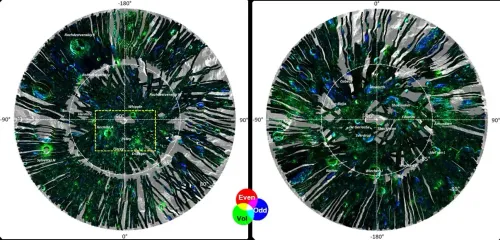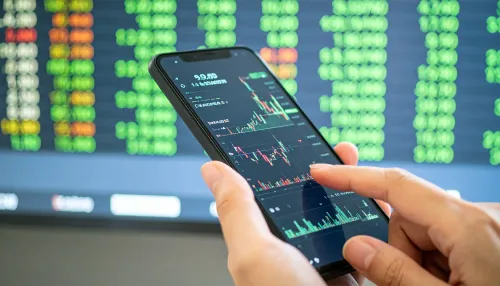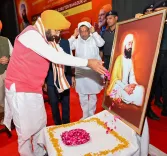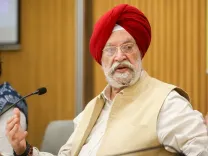How Should India’s Urban Transformation Embrace Sustainability, Inclusivity, and Innovation?
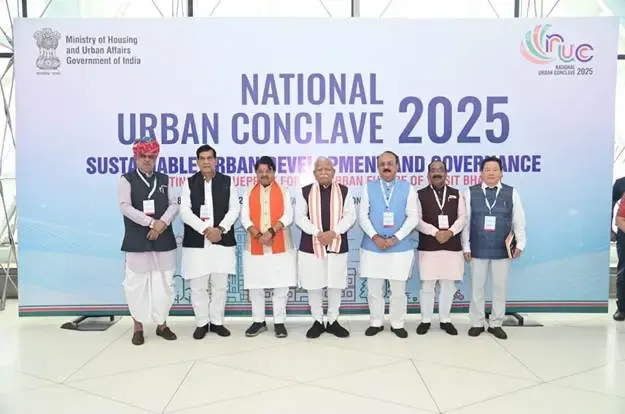
Synopsis
Key Takeaways
- Urban transformation must focus on sustainability, inclusivity, and innovation.
- The Dumpsite Remediation Accelerator Programme aims to expedite waste management.
- Urban Invest Window will attract private investments for urban infrastructure.
- Knowledge Management Unit will facilitate best practices in urban management.
- Government support is crucial for achieving 'Lakshya Zero Dumpsites.'
New Delhi, Nov 8 (NationPress) Union Housing and Urban Affairs Minister, Manohar Lal, highlighted on Saturday that India’s urban transformation needs to be anchored in sustainability, inclusivity, and innovation.
He noted that by the year 2047, the urban population of India is projected to be around 50 percent of the total populace. To cater to this growing demographic, a united effort from all stakeholders is essential, with substantial investments from both central and state governments, alongside contributions from private sectors and individuals, to realize the vision of Viksit Bharat.
To achieve this ambition, programs such as the Dumpsite Remediation Accelerator Programme (DRAP), Urban Invest Window (UiWIN), and the Knowledge Management Unit (KMU) will be pivotal in creating cleaner, greener, and more livable cities, aligning with the 2047 vision for Viksit Bharat, he stated during the ‘National Urban Conclave 2025’ at Yashobhoomi.
The minister inaugurated the DRAP, a year-long initiative designed to expedite the remediation of the remaining dumpsites throughout urban India.
This program aims to reclaim essential urban land for community and infrastructure development, thus progressing towards India’s goal of achieving “Lakshya Zero Dumpsites” by September 2026.
Presently, 1,428 sites are in the process of remediation, with approximately 80 percent of legacy waste located in 214 sites across 202 ULBs. DRAP will focus on these high-impact areas, addressing around 8.8 crore MT of legacy waste.
To facilitate the achievement of “Lakshya Zero Dumpsites”, the central government is offering financial support to cities, with an estimate of Rs 550 per tonne for legacy waste remediation.
The minister also introduced the Swachh Bharat Mission – Knowledge Management Unit (KMU).
Established by the Ministry of Housing and Urban Affairs (MoHUA) at the National Institute of Urban Affairs (NIUA), KMU will act as a national platform for capacity building, knowledge generation, and institutional learning under the Swachh Bharat Mission–Urban framework.
Another significant initiative launched was the Urban Invest Window (UiWIN), a project by HUDCO, guided by MoHUA.
UiWIN will function as a comprehensive investment facilitation platform for Indian cities, aimed at attracting private investments and providing access to long-term, concessional, and competitive financing from multilateral institutions like the World Bank and Asian Development Bank.
This platform will also endorse PPP-based urban projects to accelerate the growth of sustainable infrastructure.

